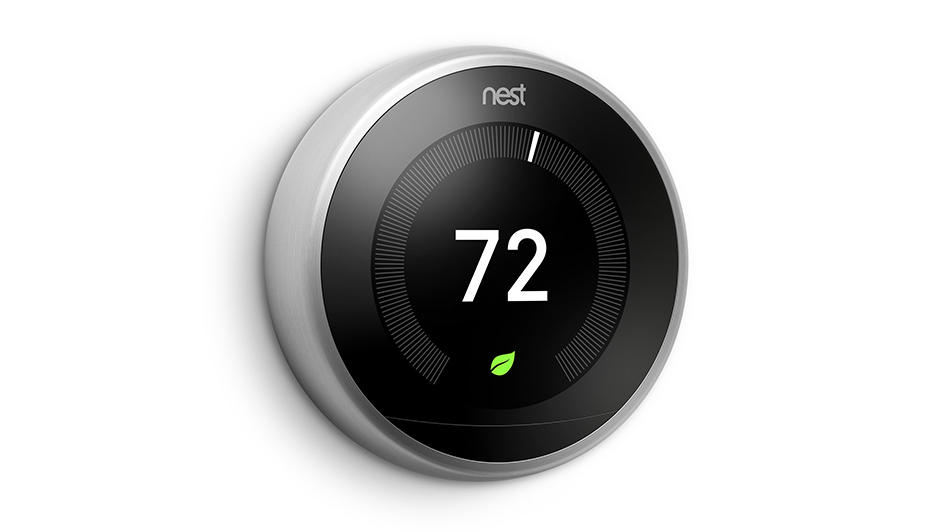
The Nest thermostat is one of the top-selling smart thermostats you can get. And for good reason. It learns your temperature preferences and creates an energy-efficient schedule to match. And through geofencing with your phone, the Nest Learning Thermostat and Nest E realize when you’re at your house or out and about and can raise and lower temps to help you save even more.
The Nest is compatible with a vast range of 24-volt heating and cooling systems, but it’s always a good idea to visit the Nest thermostat compatibility checker before purchasing one. Don’t forget to talk with your energy company for valuable rebates, because you may be able to get a Nest for free or close to it.
Once you’ve checked it’s compatible, you can either wire it yourself or contact a HVAC specialist like Walter's-Eaton's Electric, Plumbing, Heating & AC. If you’re wiring it yourself, you’ll notice a terminal for the C-wire, or common wire. This wire is just used for powering your thermostat. If your house or HVAC system is older, you might not have one of these wires. In most cases, Nest says this isn’t a problem since the thermostat can get enough power from other heating and cooling wires.
Sometimes, your heating and cooling system might require that C-wire. And here’s why.
Why Your Nest Keeps Losing Power and Other Issues
The Google Nest Thermostat is a step up from older programmable thermostats that rely on a combination of wiring and AA batteries for power. It relies on a rechargeable lithium-ion battery and wiring to sync with Wi-Fi, power its digital display and operate your heating and cooling system.
8 Common Nest Thermostat Problems
If it can’t draw enough electricity, Nest says you might encounter some of these troubles:
- Short battery life.
- Thermostat motion sensing won’t operate.
- Your thermostat every now and then disconnects from Wi-Fi.
- Your system unexpectedly turns on or off, or won’t turn off.
- Your system is creating strange noises, like chattering, stuttering, clicking or thumping.
- Heating or cooling is short cycling, or repeatedly turning on and off in a short period of time.
- There is a delay message on your Nest thermostat’s screen, along the lines of “heating is delayed for 2:30 minutes.”
- The system fan is constantly working, won’t run or turns off and on rapidly in a short period of time.
You could worry something is up with your heating and cooling system, but if you just installed the Nest, we suggest you start with your thermostat right away. This is especially pertinent if the weather is temperate, and you haven’t been using your heat or air conditioning consistently.
Our Professionals Can Fix Nest Thermostat Issues
If you’ve gone through Nest thermostat troubleshooting without help but can’t fix the problem, a smart thermostat specialist like one from Walter's-Eaton's Electric, Plumbing, Heating & AC can provide support. We can identify the malfunction and install a C-wire, if required.
Smart thermostats like the Nest are created to make your life simpler, by automatic energy-efficient programming and the option to monitor temperatures while you’re on the go. It’s a time-consuming experience when yours won’t work correctly, but our heating and cooling specialists at Walter's-Eaton's Electric, Plumbing, Heating & AC can fix the issue in no time.
If you’re going through strange heating and cooling behavior with your new Nest, give us a call at 715-318-6728 to set up your appointment right away.

